Silica-coated gold nanorods with absorption at precisely 780 nm cause action potentials in nerve cells when exposed to laser light.
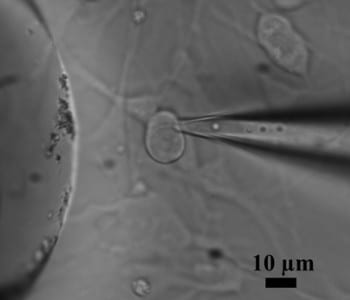


Silica-coated gold nanorods with absorption at precisely 780 nm cause action potentials in nerve cells when exposed to laser light.
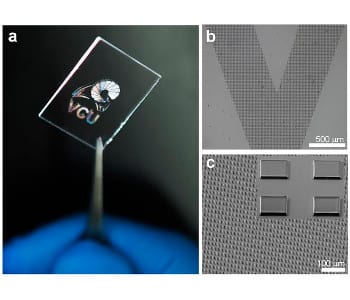
Researchers from Virginia Commonwealth University have found a way to fabricate precise, biocompatible architectures of silk proteins at the microscale.
A mechanism of growth of anisotropic metal oxides that was predicted 20 years ago has been observed for the first time.
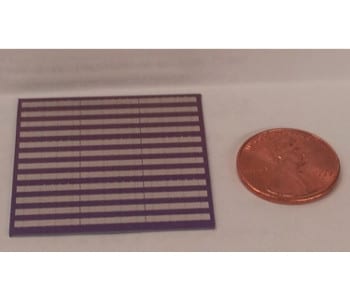
Researchers create an artificial chemical sensor based on one of the human body’s most important receptors.
A study to investigate how nanoparticles could be used to improve the diagnosis and treatment of cardiovascular disease has received £3 million funding.
EPFL scientists use lasers to determine for the first time how specific vibrations in a water molecule affect its ability to dissociate.

Researchers from the Fraunhofer ISE have been investigating the effects of extreme environments on solar collectors.
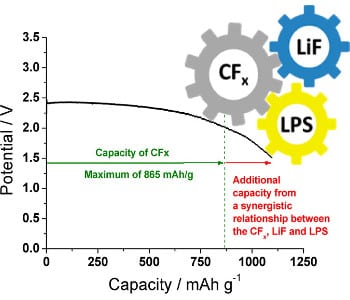
Researchers at ORNL have developed an unconventional battery chemistry aimed at producing batteries that last longer than previously thought possible.
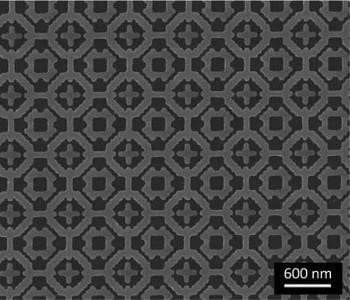
Penn state engineers create specially formed material that can provide custom broadband absorption in the infrared using genetic algorithms.

Long-term, multidisciplinary project called Predicting Performance Margins aims to link variability in materials’ properties with how actual parts perform.